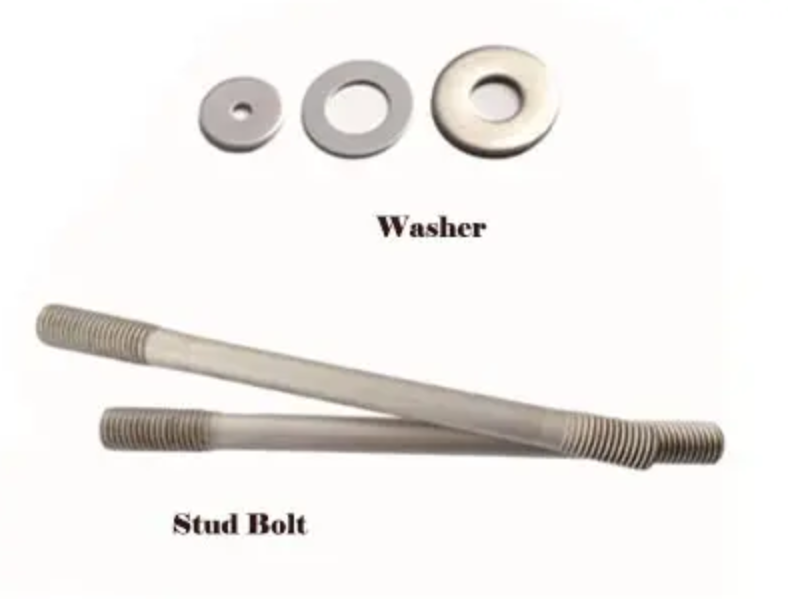Double End Stud Bolt(42CrMoA, 40CrNiMoA)
If you have any requirements for the product, you can contact us immediately
SPECIFICATIONS
PERFORMANCE ADVANTAGE
High Strength Double End Stud
Stud Bolt Specification
Raw Material: 42CrMoA, 40CrNiMoA
Strength Level: 8.8, 10.9
Dimension: M27~M64
Length: 2m-12m

42CrMoA, 40CrNiMoA -Alloy Stud Bolt Types Introduction
Alloy Stud bolt (42CrMoA, 40CrNiMoA) has a thread on full lengths or at both ends. As shown in images. It is having three components if washers are not used (two nuts and stud). If you used washer it would become five. Sometimes additional nuts are used for hydraulic tensioning with larger size stud.

Alloy Double End studs are available in cut or rolled threads in any grade of material. They may be furnished plain, plated or coated at the customer’s request. LT Group provides heat-treatment, cold thread, lab services according to customer’s technical requirements.
(M27-M64)Alloy Stud Socket Hex Head Processing:
Bolt Fasteners can provide socket hex head processing for Large size (M27-M64) stud bolt product for customers .

42CrMoA-Alloy Stud Bolt Surface Treatment:
Alloy Stud bolt Surface Treatment has many options, such as Oil, Grease, Dacromet, Zinc coating,Paint, tape, fabric, Water-proof Paper, Box. There are 2 most used treatment – zinc coating and Black Oxide Coating. Here are the outlooks:
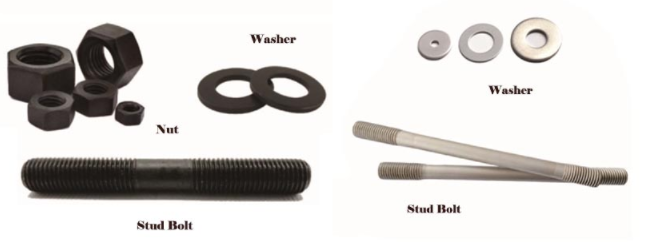

Alloy Stud Bolt (M27-M64) Application
Large size (M27-M64) Alloy Stud bolt is a threaded rod with 2 heavy hexagon nuts, it is a component developed for flange connections in Petrochemical and Oil & Gas industry, now its been used in many more fields. Wind tower, Nuclear power, Railway, Automotive industry, Railway, Construction, Electronic industry.
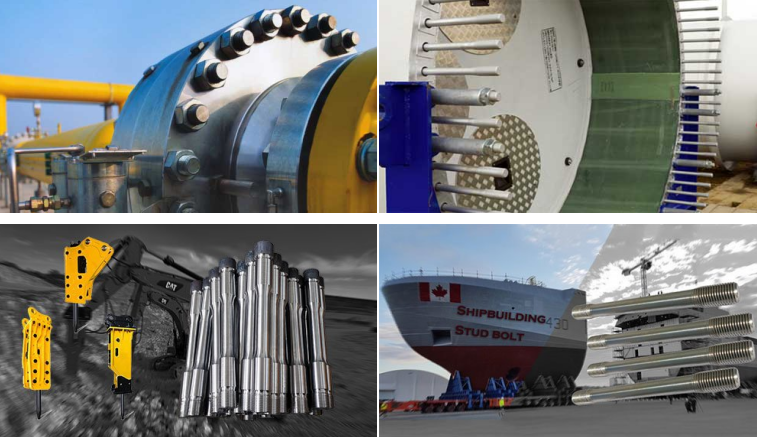
Large size stud bolt (M27-M64) with different thread forms has been developed for various applications, and the major difference is the threading method and thread length.
BOLT BUSINESS COOPERATION PROCESS


CLASSICS ALL OVER THE WORLD
PROJECT CASES
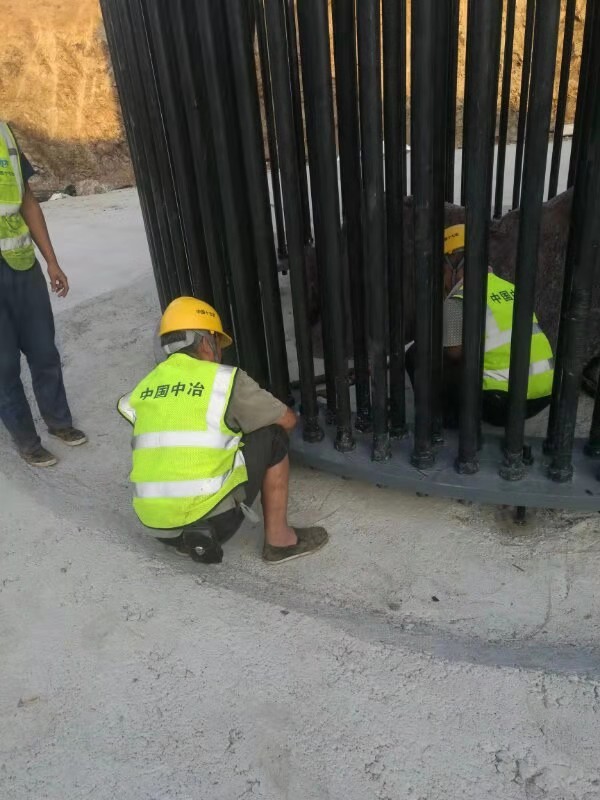
Understand more →
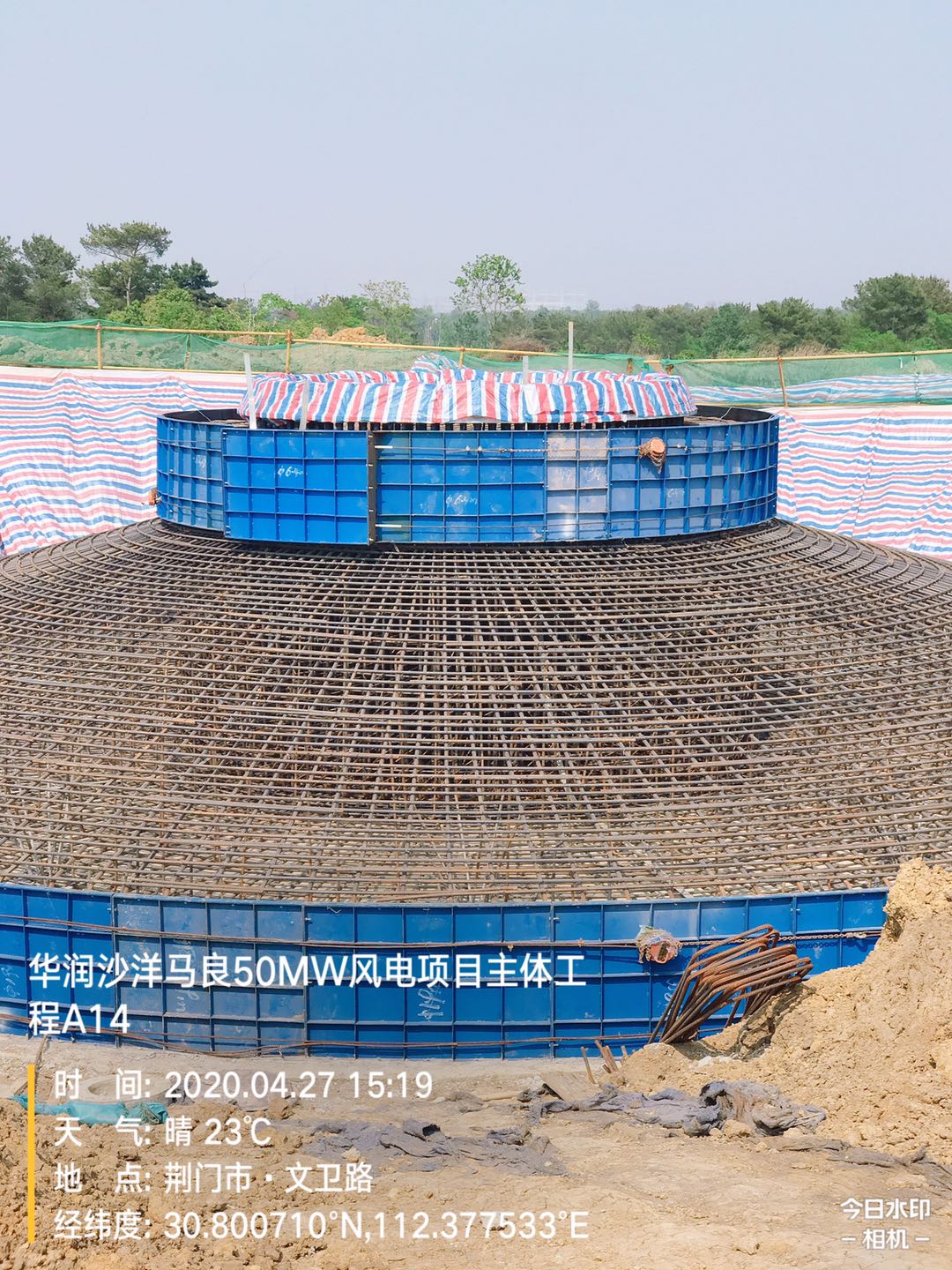
Understand more →
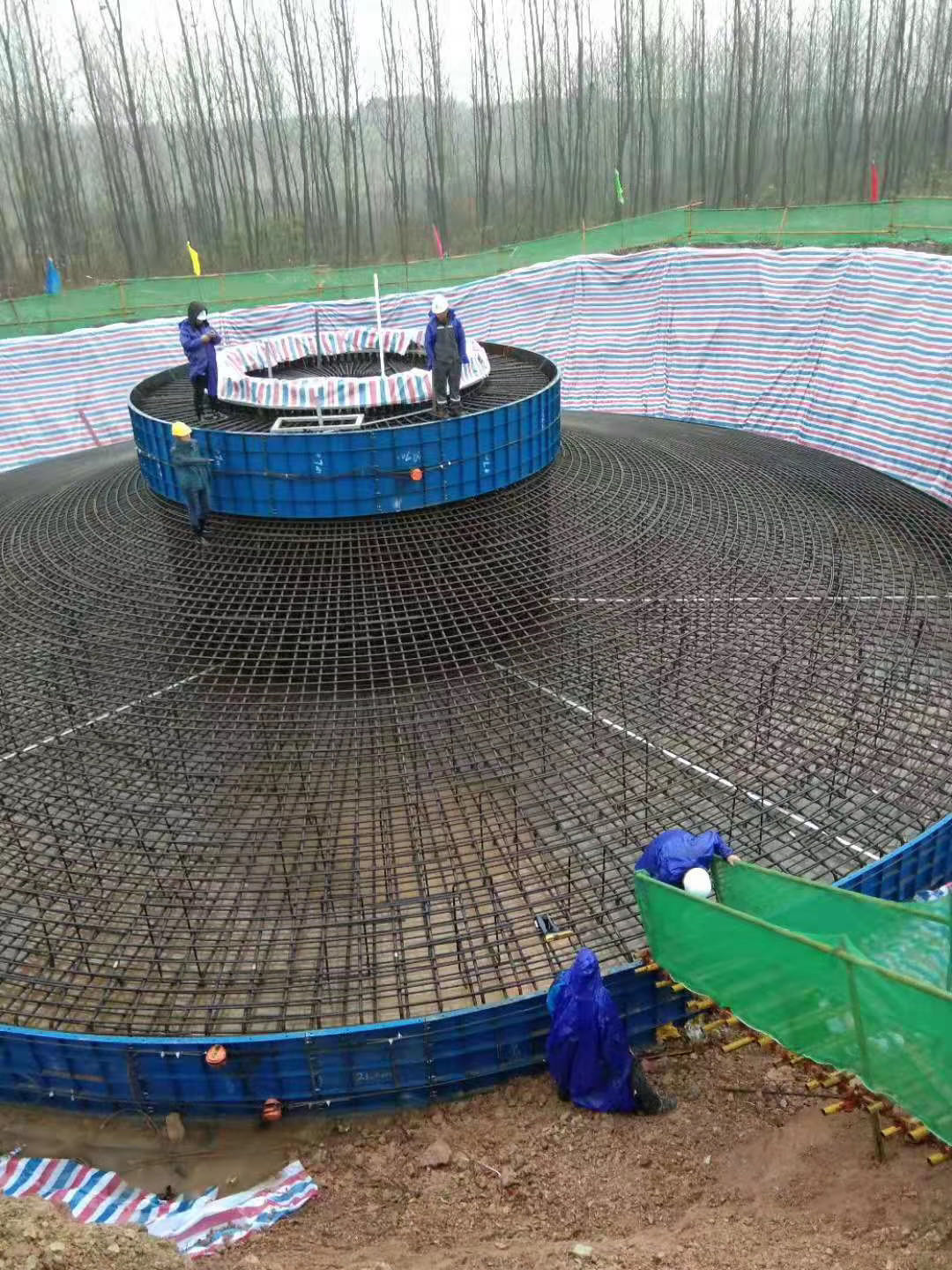
Understand more →

Understand more →
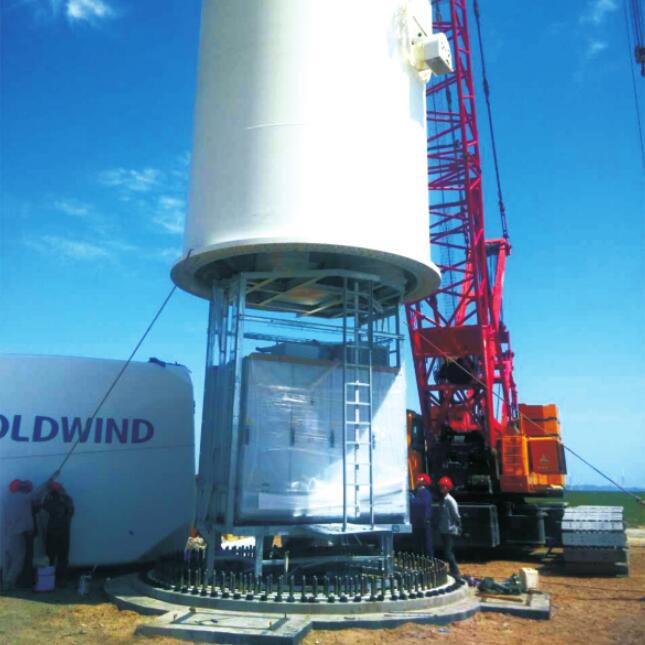
Understand more →
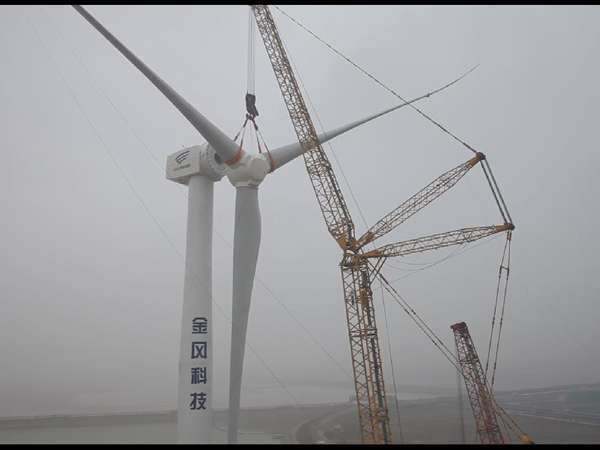
Understand more →
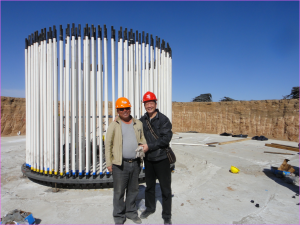
Understand more →
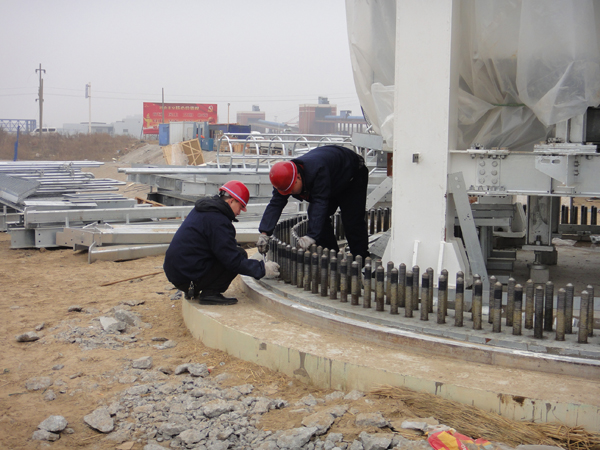
Understand more →
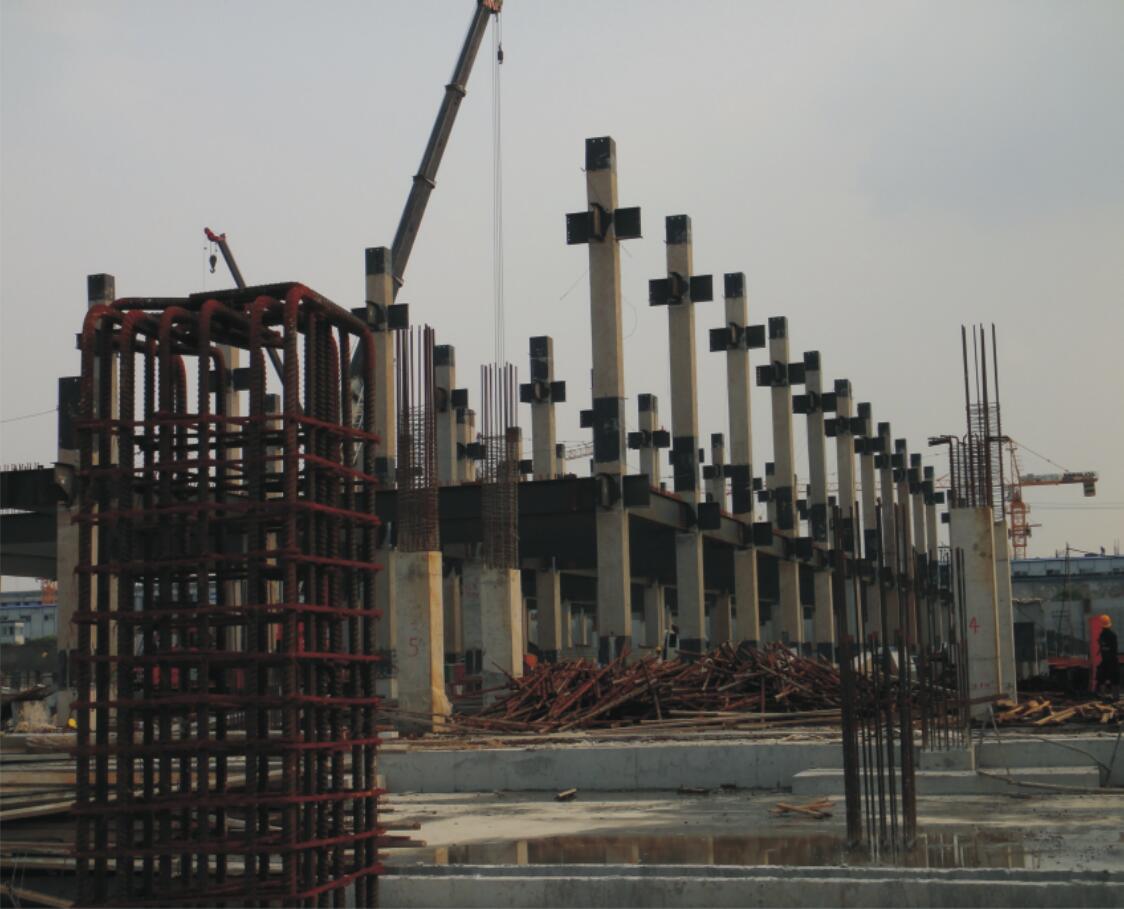
Understand more →

Understand more →


